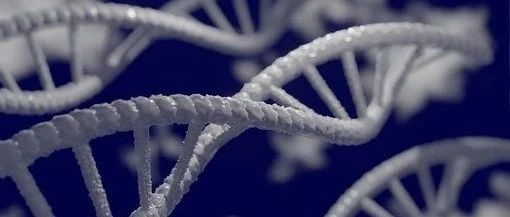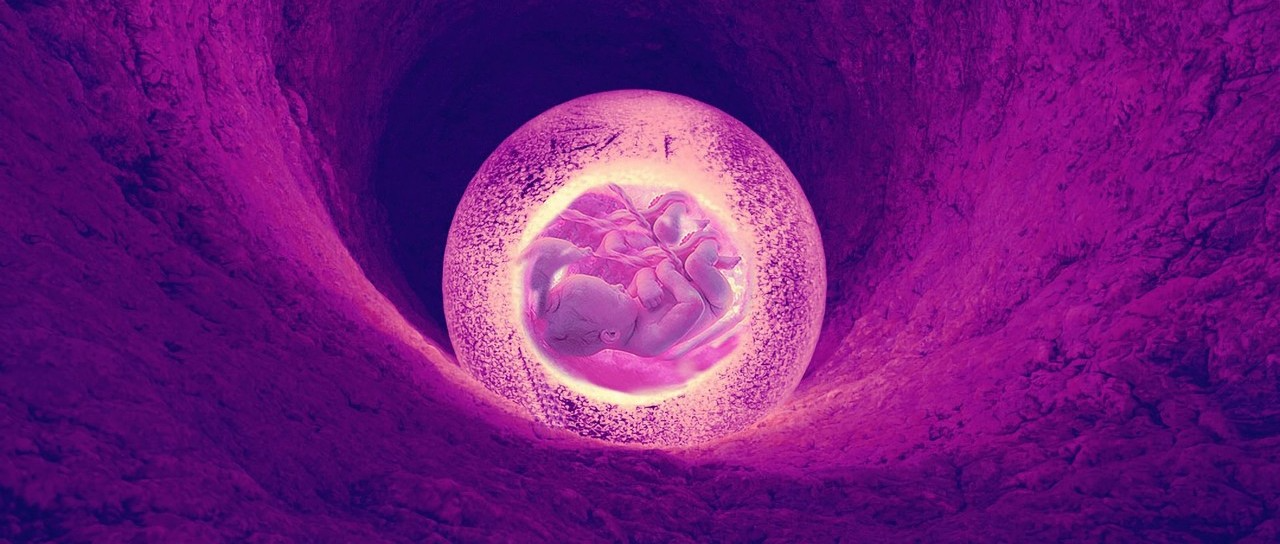来自美国国立卫生研究院下属国家口腔与颅面研究所(NIDCR)的研究人员在人类唾液腺中开展了首次安全性(I期)基因治疗研究,结果显示治疗安全有效,可以帮助慢性口干的癌症幸存者。相关论文发布在美国《国家科学院院刊》(PNAS)杂志上。

基因治疗可消除唾液腺癌的口干副作用
研究结果还揭示转移基因Aquaporin-1具有极大的潜力帮助头颈部癌症患者对抗慢性口干。Aquaporin-1编码的一种蛋白天然形成了细胞膜上的孔状通道,在唾液腺细胞分泌唾液进入口腔之时帮助液体移动。
这些初步结果为在唾液腺中开展更多的基因治疗研究扫清了道路。尽管有时遭到忽视,唾液腺是基因治疗的一个理想靶点。它们易进入,一旦导入基因,没有明显的逃逸途径进入血流,不会造成意想不到的后果。
论文的主要作者Bruce Baum博士近期从NIDCR退休,在过去21年里他致力于推动唾液腺基因治疗从基础研究进入临床。Baum说:“你无法想象从1991年匆匆摘记在餐布上的一个想法,随后看到它进入临床试验帮助到人们,是如何实现的。一个科学家还能要求得到比这更好的吗?”
Baum的兴趣是帮助可追溯到上世纪80年代初的头颈部癌症幸存者。当在NIDCR的口干诊所会诊患者时,Baum遇到了许多罹患头颈部癌曾经接受放疗缩小肿瘤的患者。尽管辐射有效地治疗了癌症,也无意地损伤了附近的唾液腺,破坏了它们分泌唾液进入口腔的能力。
Baum说他在那时感到极其的沮丧,因为他无法为大多数患者提供有效的治疗恢复他们口腔中的水分。他们战胜了癌症,但辐射给他们留下永久口干的感觉,降低了他们的生活质量,常常会导致慢性口腔问题,例如吞咽困难、炎症、感染、口臭和疼痛。
在90年代初,随着第一批基因治疗研究进入研究诊所,Baum看到了有所作为的机会。在最初的餐巾程序草图及15年的研究之后,Baum和同事们在动物研究中组建了一个令人注目的科学案例转移Aquaporin-1基因,一旦表达,会在不能渗透的唾液腺细胞中建造出新的水通道,使得水能够通过它们。在经过NIH和美国食品和药物管理局的严格审查后,I期方案启动,并在2008年对第一批患者进行了治疗。
对于11名头颈部癌症幸存者,科学家们直接将Aquaporin-1基因单剂量注射进入了两个唾液腺其中的一个。基因被包装在一个失活的、不复制的腺病毒中。当完整时这些腺病毒可引起普通感冒,但在这种情况下其不能引起感冒。这是基因治疗研究的标准,病毒作为载体或特洛伊木马将基因传递至沿唾液腺分布的细胞。
科学家们发现在研究的头42天,该报告的整个周期内,五位参与者唾液分泌水平增高,他们的口腔中重新获得湿润的感觉。有6名患者未从基因治疗中获益,但没有人出现严重的副作用。最常见的副作用是对失活腺病毒短暂和相对较小的免疫反应。
Baum说:“是时候来评估传递Aquaporin-1基因的一种不同载体,它将会只造成极小的免疫反应。这些数据为其他科学家们在未来的几年中改善这一初次的尝试充当了垫脚石。未来在唾液腺中应用基因治疗前景是光明的。”

 Early responses to adenoviral-mediated transfer of the aquaporin-1 cDNA for radiation-induced salivary hypofunction
Early responses to adenoviral-mediated transfer of the aquaporin-1 cDNA for radiation-induced salivary hypofunction
Bruce J. Bauma, Ilias Alevizos, Changyu Zheng, Ana P. Cotrima, Shuying Liua, Linda McCullagha, Corinne M. Goldsmitha, Peter D. Burbelob, Deborah E. Citrinc, James B. Mitchelld, Liesl K. Nottinghame, Susan F. Rudye, Carter Van Waese, Millie A. Whatleyf, Jaime S. Brahimg, John A. Chiorinia, Stamatina Danielidesa, R. James Turnera, Nicholas J. Patronash, Clara C. Chenf, Nikolay P. Nikolova, and Gabor G. IlleiaBruce J. Bauma, Ilias Alevizos, Changyu Zheng, Ana P. Cotrima, Shuying Liua, Linda McCullagha, Corinne M. Goldsmitha, Peter D. Burbelob, Deborah E. Citrinc, James B. Mitchelld, Liesl K. Nottinghame, Susan F. Rudye, Carter Van Waese, Millie A. Whatleyf, Jaime S. Brahimg, John A. Chiorinia, Stamatina Danielidesa, R. James Turnera, Nicholas J. Patronash, Clara C. Chenf, Nikolay P. Nikolova, and Gabor G. Illeia
No conventional therapy exists for salivary hypofunction in surviving head and neck cancer patients with Radiation Therapy Oncology Group late grade 2–3 toxicity. We conducted a phase I clinical trial to test the safety and biologic efficacy of serotype 5, adenoviral-mediated aquaporin-1 cDNA transfer to a single previously irradiated parotid gland in 11 subjects using an open label, single-dose, dose-escalation design (AdhAQP1 vector; four dose tiers from 4.8 × 107 to 5.8 × 109 vector particles per gland). Treated subjects were followed at scheduled intervals. Multiple safety parameters were measured and biologic efficacy was evaluated with measurements of parotid salivary flow rate. Symptoms were assessed with a visual analog scale. All subjects tolerated vector delivery and study procedures well over the 42-d study period reported. No deaths, serious adverse events, or dose-limiting toxicities occurred. Generally, few adverse events occurred, and all were considered mild or moderate. No consistent changes were found in any clinical chemistry and hematology parameters measured. Objective responses were seen in six subjects, all at doses <5.8 × 109 vector particles per gland. Five of these six subjects also experienced subjective improvement in xerostomia. AdhAQP1 vector delivery to a single parotid gland was safe and transfer of the hAQP1 cDNA increased parotid flow and relieved symptoms in a subset of subjects.







